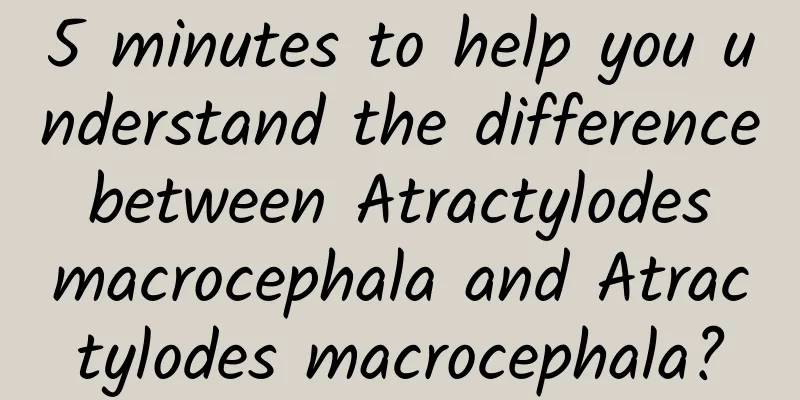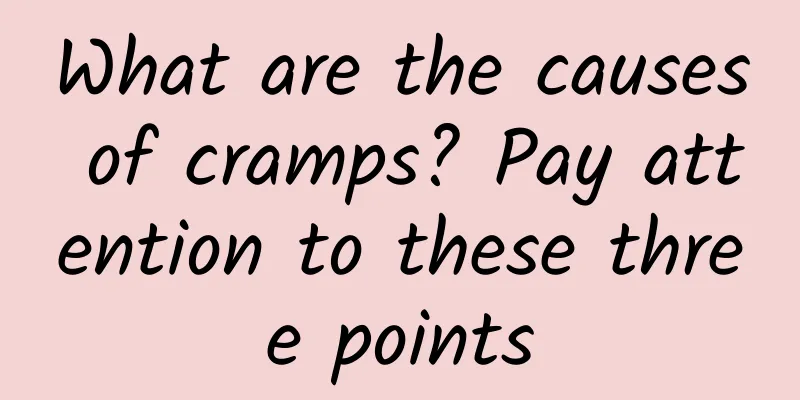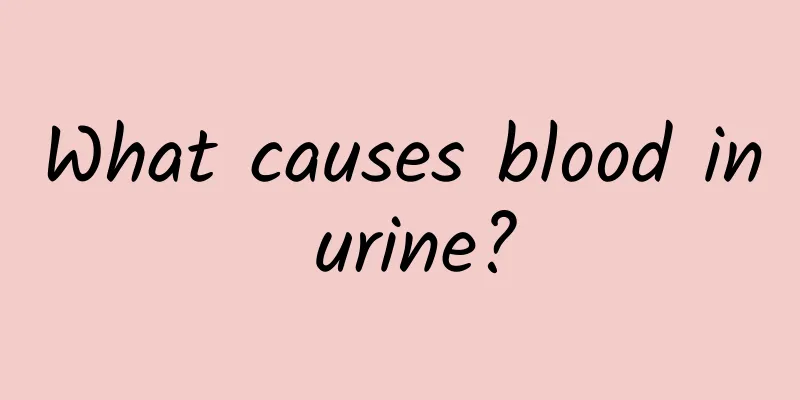5 minutes to help you understand the difference between Atractylodes macrocephala and Atractylodes macrocephala?

|
Friends who grew up in the south should know the two vegetables, horse-toothed radish and amaranth. Both of these vegetables are very good vegetables. Many people confuse the two. So what are the differences between these two vegetables? Horsetooth Annual herb, glabrous. Stem prostrate or reclining, spreading prostrate, many branches, cylindrical, 10-15 cm long, light green or dark red. Leaves alternate, sometimes nearly opposite, flat, thick, obovate, horse tooth-like, 1-3 cm long, 0.6-1.5 cm wide, blunt or truncate at the top, sometimes slightly concave, base cuneate, entire, dark green above, light green or dark red below, midrib slightly raised; petiole short and thick. Flowers are sessile, 4-5 mm in diameter, often clustered at the end of branches in 3-5 flowers, blooming at noon; bracts are 2-6, leaf-like, membranous, nearly whorled; sepals are 2, opposite, green, helmet-shaped, flattened on both sides, about 4 mm long, acute at the top, with keel-like protrusions on the back, and fused at the base; petals are 5, rarely 4, yellow, obovate, 3-5 mm long, slightly concave at the top, and fused at the base; stamens are usually 8 or more, about 12 mm long, and anthers are yellow; ovary is glabrous, style is slightly longer than stamens, stigma is 4-6 lobed, linear. Capsule is ovoid, about 5 mm long, and cracked; seeds are small, numerous, obliquely spherical, dark brown, shiny, less than 1 mm in diameter, and with small warty protrusions. Flowering period is May-August, and fruiting period is June-September. Nutritional composition: every 100 grams of fresh stems and leaves of horsetail contains 2.3 grams of protein, 0.5 grams of fat, 3 grams of carbohydrates, 0.7 grams of crude fiber, 85 milligrams of calcium, 56 milligrams of phosphorus, 1.5 milligrams of iron, 2.23 milligrams of carotene, 0.03 milligrams of vitamin BI, 0.11 milligrams of vitamin E, 0.7 milligrams of vitamin P, and 23 milligrams of vitamin C. In addition, it also contains a large amount of norepinephrine, potassium salt, and rich citric acid, malic acid, amino acids, and bioalkali. Horsetail has a strong inhibitory effect on Escherichia coli, Shigella dysenteriae, and Shigella typhi, especially Shigella dysenteriae. Therefore, horsetail is suitable for people with acute and chronic dysentery, enteritis, cystitis, and urethritis (mild urethral malformations are also acceptable). Horsetail contains a large amount of norepinephrine and a large amount of potassium salt, as well as apple acid, citric acid, glutamic acid, aspartic acid, alanine, sucrose, glucose, fructose, etc. Modern pharmacological research shows that: antibacterial test: It has an inhibitory effect on Escherichia coli, Shigella dysenteriae, etc., especially Shigella dysenteriae. Amaranthus Atractylodes is an annual herb, 80-150 cm tall; the stem is thick, green or red, often branched, hairy or glabrous when young. The leaves of Atractylodes japonica are ovate, rhomboid-ovate or lanceolate, 4-10 cm long, 2-7 cm wide, green or often red, purple or yellow, or partially green with other colors, blunt or concave at the apex, with a convex tip, cuneate at the base, with an entire or wavy margin, glabrous; petiole 2-6 cm long, green or red. Flower clusters are axillary, up to the lower leaves, or with terminal flower clusters at the same time, in drooping spikes The flower cluster is spherical, with a diameter of 5-15 mm, and male and female flowers are mixed; the bracts and bracteoles are ovate-lanceolate, 2.5-3 mm long, transparent, with a long awn tip at the top, and a green or red raised midrib on the back; the perianth segments are rectangular, 3-4 mm long, green or yellow-green, with a long awn tip at the top, and a green or purple raised midrib on the back; the stamens are longer or shorter than the perianth segments. The fruit is ovate-rectangular, 2-2.5 mm long, annularly transversely split, and wrapped in the persistent perianth segments. The seeds of Atractylodes japonica are nearly round or obovate, about 1 mm in diameter, black or dark brown, with blunt edges. The flowering period is May to August, and the fruiting period is July to September. [1] The roots of Atractylodes lanceolate are well developed and spread deep and wide. The stem is 80-150cm tall and branched. The leaves are alternate, entire, ovate-elliptical to lanceolate, smooth or wrinkled, 4-10cm long, 2-7cm wide, green, yellow-green, purple-red or mixed colors. The flowers are unisexual or polysexual, with spike inflorescences. The stems and leaves of Amaranthus are eaten as vegetables; the leaves of various colors are for viewing; the roots, fruits and the whole plant are used as medicine, which has the effects of improving eyesight, promoting urination and defecation, and removing cold and heat. Atractylodes can replenish qi, clear away heat, improve eyesight, promote abortion, and benefit the intestines. It can also promote the growth of teeth and bones, maintain normal myocardial activity, and prevent muscle spasms. It also has the functions of promoting blood coagulation, increasing hemoglobin content and oxygen carrying capacity, and promoting hematopoiesis. It can also reduce weight, cleanse the body, promote detoxification, and prevent constipation. It can be seen from this that the medicinal value of Atractylodes lancea is higher, while the edible value of Atractylodes lancea is higher and it is more suitable for cooking. |
<<: The nutritional value and efficacy of amaranth revealed
Recommend
How long does it take for the nail to fall off after circumcision?
Circumcision is a minor surgery for the symptoms ...
What medicine should men take for trichomoniasis? Experts give you authoritative recommendations
When a man is infected with trichomoniasis, the f...
How to quickly reduce glans edema
The glans penis is an important part of the male ...
There is jelly in the semen/the rate of sperm deformity is high, and alcoholism and smoking are the main causes
There are many factors in life that can cause spe...
The most effective exercise for weight loss, exercise is effective for weight loss
Weight loss is a hot topic that never fades away....
What to do about male endocrine disorders
Recently, the incidence of endocrine disorders ha...
Can I have a baby after working for 15 years?
Playing too many airplanes, in other words, too m...
What causes male impotence? Is excessive stress also a cause?
A man's sexual happiness comes from whether h...
What is the white spot on the male's glans?
If there are small white spots on the glans of a ...
What medicine can help men delay ejaculation?
The duration of sexual intercourse is something t...
A mole on the back of a man's left hand
In real life, people with moles on their palms ar...
What happens if a man has kidney deficiency?
If a man suffers from kidney deficiency, he will ...
Genital elongation
Many men have suffered from unhappy sex lives due...
Early pictures of balanitis
Balanitis is not unfamiliar to many men. It is a ...
Is there any sexual function after orchiectomy?
In ancient times, eunuchs all had their testicles...









